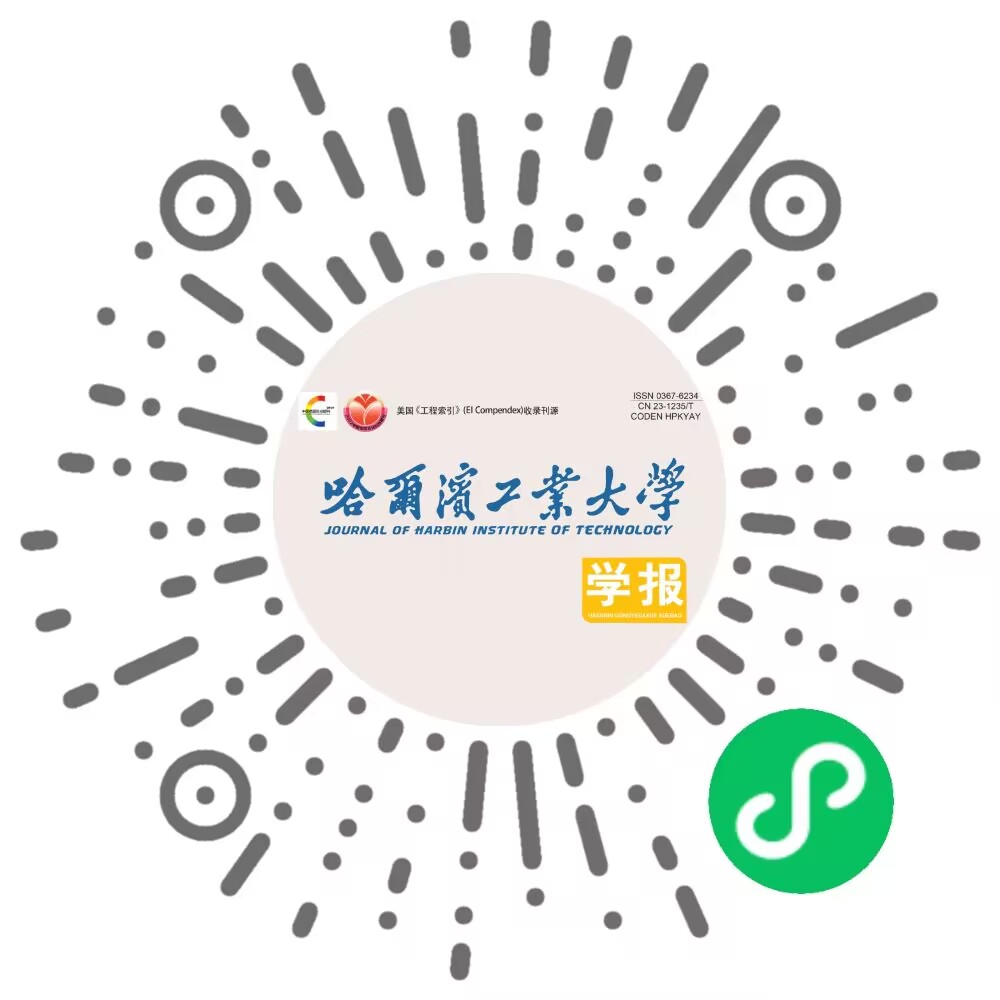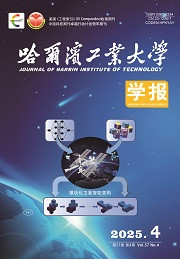| 引用本文: | 杨基先,张笑晨,李昂,马放,王金娜,邢洁,孙冰,杨淑娟.固定化产絮菌生产生物絮凝剂的研究[J].哈尔滨工业大学学报,2013,45(6):53.DOI:10.11918/j.issn.0367-6234.2013.06.010 |
| YANG Jixian,ZHANG Xiaochen,LI Ang,MA Fang,WANG Jinna,XING Jie,SUN Bing,YANG Shujuan.Production of bioflocculant using immobilized bioflocculant-producing bacteria[J].Journal of Harbin Institute of Technology,2013,45(6):53.DOI:10.11918/j.issn.0367-6234.2013.06.010 |
|
| |
|
|
| 本文已被:浏览 2257次 下载 2344次 |

码上扫一扫! |
|
|
| 固定化产絮菌生产生物絮凝剂的研究 |
|
杨基先1, 张笑晨1, 李昂1, 马放1, 王金娜1, 邢洁1, 孙冰2, 杨淑娟2
|
|
( 1. 哈尔滨工业大学 城市水资源与水环境国家重点实验室, 150090 哈尔滨; 2. 大庆油田公司第二采油厂规划设计研究所, 163000 黑龙江 大庆)
|
|
| 摘要: |
| 为降低发酵成本及实现生物絮凝剂的连续发酵生产,采用吸附法固定化生物絮凝剂产生菌,发酵生产生物絮凝剂.从载体稳定性、生物絮凝剂产量、发酵液絮凝率等方面对比颗粒活性碳、聚氨酯泡沫和菌丝球3种固定化载体性能,并优化了活性碳和菌丝球两种载体的固液比.结果表明:颗粒活性碳、聚氨酯泡沫和菌丝球均可有效固定化产絮菌F+,采用颗粒活性碳和菌丝球两种载体固定化发酵的生物絮凝剂产率高于聚氨酯泡沫载体. 载体吸附试验表明:菌丝球载体对于产絮菌F+的24 h吸附率高于颗粒活性碳载体;使用菌丝球固定化发酵时,固液比1.0 g/L,发酵时间24 h,粗提生物絮凝剂2.234 g/L,比传统分批发酵生物絮凝剂的产量提高14%.摇瓶试验表明,3种载体均可连续使用15次以上. 从发酵液絮凝率和成本两方面考虑,确定活性碳和菌丝球两种载体的最适固液比均为1 g/L. |
| 关键词: 生物絮凝剂 固定化 固定化载体 固液比 菌丝球 活性碳 聚氨酯泡沫 |
| DOI:10.11918/j.issn.0367-6234.2013.06.010 |
| 分类号: |
| 基金项目:国家高技术研究发展计划项目(2009AA062906); 国家创新研究群体科学基金资助项目(51121062);第46批中国博士后科学基金项目 (20090460901);第四批中国博士后科学基金特别资助项目 (201104430);城市水资源与水环境国家重点实验室(哈尔滨工业大学)自主课题 (2010TS3,0DX09). |
|
| Production of bioflocculant using immobilized bioflocculant-producing bacteria |
|
YANG Jixian1, ZHANG Xiaochen1, LI Ang1, MA Fang1, WANG Jinna1, XING Jie1, SUN Bing2, YANG Shujuan2
|
|
(1.State Key Laboratory of Urban Water Resource and Environment, Harbin Institute of Technology, 150090 Harbin, China; 2.The Second Oil Production Plant Institute of Planning and Design, Petrochina Daqing Oilfield, 163000 Daqing, Heilongjiang, China)
|
| Abstract: |
| To reduce fermentation costs and achieve continuous fermentation of bio-flocculant, the immobilized fermentation to produce bioflocculant was used. The performances of the carriers including activated carbon, pllyurethane foam and mycelial pellets were contrasted by comparing the carrier stability, bio-flocculant production and bio-flocculant activity. The solid-liquid ratio of activated carbon and mycelial pellets were optimized. The results show that the activated carbon, polyurethane foam and mycelial pellets could adsorb bioflocculant-producing bacteria F+ and retain high flocculanting activity for long time. The yields of activated carbon and mycelial pellets were higher than that of polyurethane foam. The adsorption rate of mycelial pellets in 24 h was higher than that of granular activated carbon. Under the optimized conditions (solid-liquid ratio 1.0 g/L; the fermentation time 24 h), the crude bio-flocculant yield of immobilized fermentation by mycelial pellets (2.234 g/L) increased 14%. The shake flask experiments show that the three carriers could produce bioflocculant more than 15 batches. The solid-liquid ration was optimized as 1.0 g/L by considering the flocculation rate and cost. |
| Key words: bioflocculant immobilized immobilized carrier solid-liquid ratio mycelial pellets activated carbon polyurethane foam
|
|
|
|
|







